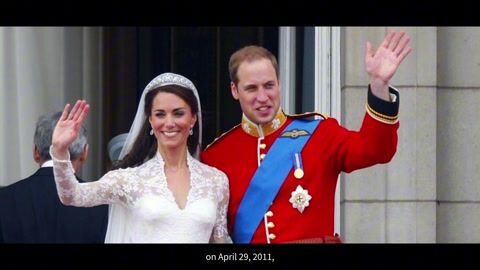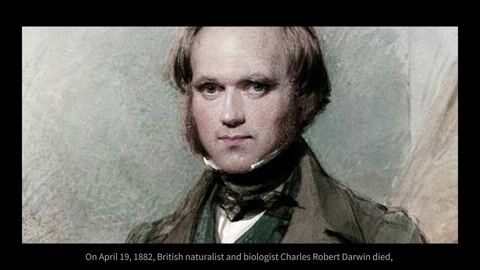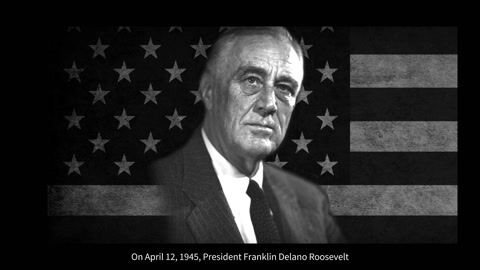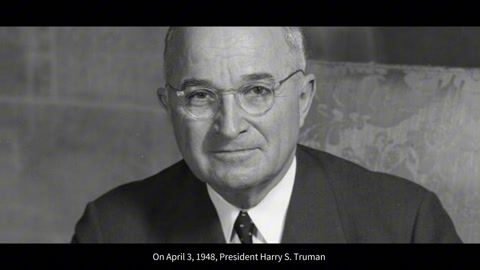You're using an outdated browser. Please upgrade to a modern browser for the best experience.
April 3: Economic Revival or Cold War Catalyst? The Dual Legacy of the Marshall Plan
- Subjects: History
- |
- Contributor: Encyclopedia
Playlist
- Marshall Plan
- Truman
- World War II
Video Introduction
On April 3, 1948, President Harry S. Truman signed the Economic Assistance Act, the Marshall Plan. In that plan, the United States contributed $13.3 billion in various forms of aid to Europe. The Marshall Plan aided both agricultural and industrial productivity in Europe, and helped rejuvenate ailing industries like chemicals, engineering and steel. It was also a stimulant to the U.S. economy by establishing markets for American goods. The implementation of the Marshall Plan has been cited as the beginning of the Cold War between the United States, its European allies and the Soviet Union.
Full Transcript
${ textCharacter }/${ maxCharacter }
Submit
Cancel
Back
Comments
${ item }
|
More
No more~
There is no comment~
${ textCharacter }/${ maxCharacter }
Submit
Cancel
${ selectedItem.replyTextCharacter }/${ selectedItem.replyMaxCharacter }
Submit
Cancel
Confirm
Are you sure to Delete?
Yes
No
Cite
If you have any further questions, please contact Encyclopedia Editorial Office.
April 3: Economic Revival or Cold War Catalyst? The Dual Legacy of the Marshall Plan. Encyclopedia. Available online: https://encyclopedia.pub/video/video_detail/1203 (accessed on 25 December 2025).
April 3: Economic Revival or Cold War Catalyst? The Dual Legacy of the Marshall Plan. Encyclopedia. Available at: https://encyclopedia.pub/video/video_detail/1203. Accessed December 25, 2025.
"April 3: Economic Revival or Cold War Catalyst? The Dual Legacy of the Marshall Plan" Encyclopedia, https://encyclopedia.pub/video/video_detail/1203 (accessed December 25, 2025).
Encyclopedia. (2024, April 11). April 3: Economic Revival or Cold War Catalyst? The Dual Legacy of the Marshall Plan. In Encyclopedia. https://encyclopedia.pub/video/video_detail/1203
"April 3: Economic Revival or Cold War Catalyst? The Dual Legacy of the Marshall Plan." Encyclopedia. Web. 11 April, 2024.
Copy Citation















